SRINIVASA RAMANUJAN
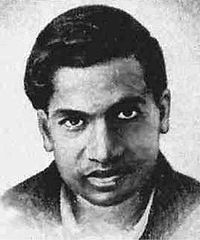
With almost no formal training in pure mathematics, made substantial contributions to mathematical analysis, number theory, infinite series and continued fractions.
Ramanujan first encountered formal mathematics at age 10. He demonstrated a natural ability, and was given books on advanced trigonometry written by S. L. Loney. He mastered them by age 12, and even discovered theorems of his own.
By 17, Ramanujan conducted his own mathematical research on Bernoulli numbersand the Euler–Mascheroni constant.
During his short lifetime, Ramanujan independently compiled nearly 3900 results (mostly identities and equations).
He stated results that were both original and highly unconventional, such as the Ramanujan prime and the Ramanujan theta function, and these have inspired a vast amount of further research.
Recently, Ramanujan's formulae have found applications in crystallography and string theory.
Ramanujan failed his Fine Arts degree exam in December 1906 and again a year later. Without a degree, he left college and continued to pursue independent research in mathematics. At this point in his life, he lived in extreme poverty and was often on the brink of starvation.
When asked about the methods employed by Ramanujan to arrive at his solutions, Hardy said that they were "arrived at by a process of mingled argument, intuition, and induction, of which he was entirely unable to give any coherent account."
He also stated that he had "never met his equal, and can compare him only with Euler or Jacobi."
C.V. RAMAN
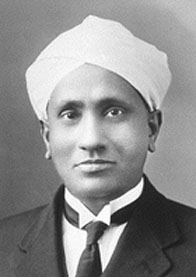
Recipient of the Nobel Prize for Physics in 1930 for the discovery that when light traverses a transparent material, some of the light that is deflected changes in wavelength. This phenomenon is now called Raman scattering and is the result of the Raman effect.
In 1904, he gained hisB.Sc., winning the first place and the gold medal in physics.
n 1907, he gained his M.Sc., obtaining the highest distinctions.
C.V Raman & Bhagavantam, discovered the quantum photon spin in 1932, which further confirmed the quantum nature of light.
Raman also worked on the acoustics of musical instruments. He worked out the theory of transverse vibration of bowed strings, on the basis of superposition velocities.
Raman and his student Nagendranath, provided the correct theoretical explanation for the acousto-optic effect (light scattering by sound waves), in a series of articles resulting in the celebrated Raman-Nath theory.
In 1948, Raman, through studying the spectroscopic behavior of crystals, approached in a new manner fundamental problems of crystal dynamics.
In 1954 he was awarded the Bharat Ratna.
Ravi Ramamoorthi
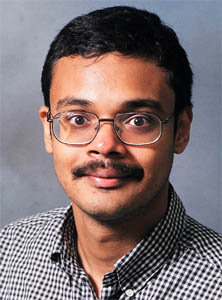
Ravi Ramamoorthi joined the faculty of the Electrical Engineering and Computer Science Department at UC Berkeley in January 2009. Since the fall of 2002 (until Dec 2008), he was on the faculty of the Columbia Computer Science Department. Earlier (1998-2002), he completed his Ph.D in the Stanford Computer Science Department , working in the Computer Graphics Laboratory. Earlier (1994-1998), He was an undergraduate at the California Institute of Technology, getting a BS, MS in Computer Science and an MS in Physics.
2008 PECASE (Presidential Early Career Awards for Scientists and Engineers) 2007 SIGGRAPH Significant New Researcher Award for Computer Graphics 2007 ONR Young Investigator Award for Computer Vision (1 of 2 in Computer Science)
"My research develops the theoretical foundations, mathematical representations and computational models for the visual appearance of objects, digitally recreating or rendering the complexity of natural appearance. We explore practical applications in a variety of areas in computer graphics and related topics in computer vision, including interactive photorealistic rendering, acquisition and representation of data-driven appearance, Monte Carlo importance sampling, volumetric scattering and lighting-insensitive recognition."Homepage : http://www.cs.berkeley.edu/~ravir
Sabu Cyril
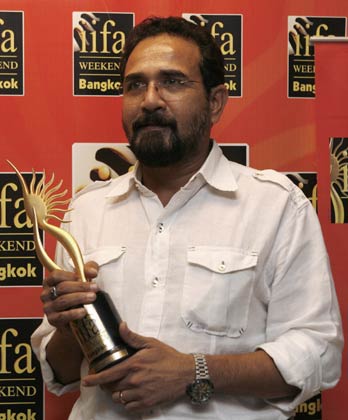
When Sabu Cyril was asked to try art direction by the late director Bharatan in 1989, he said, "I don't know anything about art direction."
Sabu Cyril was born in Kerala and completed his schooling there. He graduated from the Government College of Fine Arts, Chennai(formerly Government School of Arts and Crafts, Chennai). From 1982 to 1988, he was a freelance graphics designer for companies such as Welcomgroup Hotels, the Taj Group of Hotels, and Madura Coats. In 1988, he began his art director career, and has directed more than 480 advertisements, 3 teleserials and 50 feature films in Hindi, Malayalam, Tamil and Telugu. In 1996, he directed the stage design for the Miss World beauty pageant.
But when he learnt that art was a career option, he joined the School of Arts in Chennai, against his family's wishes. "They felt you cannot make a living out of art," Sabu, 42, recalls. "But the funny thing was, I started earning from the first year in art school itself."
Kannathil Muthamitaal was more difficult than all the period films I have done so far."There was a scene in which two boats full of people were tied together. They were coming from Sri Lanka to India. And, on the way, a huge storm gathers over the boats."Believe me, it was shot entirely inside a studio floor in Chennai. We had a tank about five feet high and the storm sequence was created inside it. I don't know why no one talked about it! Nobody knows the effort I put in; perhaps they thought it was shot in the middle of the sea.
"The papers raved about the ship I created on the beach for a song sequence, but there was nothing great about that."
Enthiran : "For a couple of months, I was in LA at the studio where they created Jurassic Park and Iron Man. We created more than 35 sets, including hi-tech sets, helicopters, Armed Personnel Carrier and a few other futuristic gadgets. It was the most challenging job that I’ve ever taken up. Every scene in the film has been taken with great care.
Technically, enthiran is the best film ever made in India."
Home page : http://www.sabucyril.com/
Shree K. Nayar
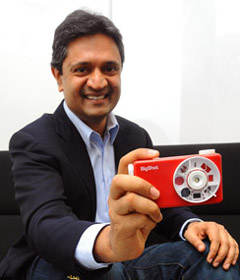
Bigshot is an educational camera for kids and adults alike.Learn the science. Build the camera. Capture your world.Bigshot was created by Shree Nayar at the Computer Vision Laboratory at Columbia University. Some of his early sketches can be found in the Design section. He worked with a group of contractors and graduate students to flesh out his initial design and build the first set of working prototypes.
Shree K. Nayar serves as the Chair of the Computer Science Department at Columbia University. He co-directs the Columbia Vision and Graphics Center and heads the Computer Vision Laboratory (CAVE), which is dedicated to the development of advanced computer vision systems. His research is focused on three broad areas, namely, the creation of novel vision sensors, the design of physics based models for vision, and the development of algorithms for scene interpretation. The work conducted by his research team is motivated by applications in the fields of digital imaging, computer graphics, human-machine interfaces and robotics.
Seetharaman Narayanan
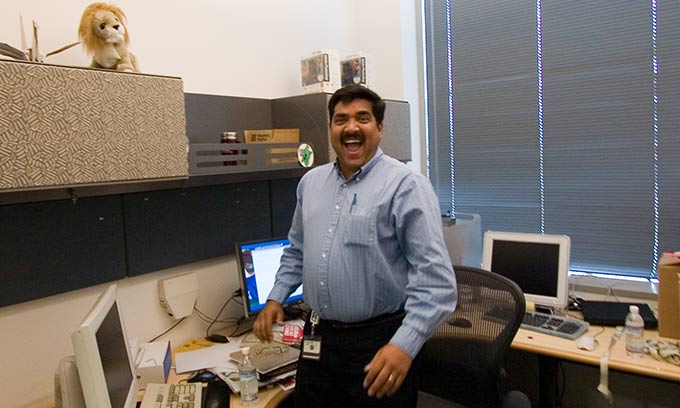
you launch Photoshop on a daily basis, then maybe you can’t stop staring at this guy’s name on the Splash Screen every time it launches. Seetharaman Narayanan. It’s hard to look away. He has been with Adobe for 15 years to date. He joined Adobe as a peon on Photoshop 2.5 on September 23, 1991.
Peter Merrill (who now works on Acrobat and is still with Adobe) was the lead engineer on the task of making Photoshop run on Windows 3.1 and he was his deputy in the early days.He joined Adobe as an engineer responsible for making the Windows port happen. After laying the foundation for the Windows effort, one of the things he did for the product was to make it multi-threadable.
He has a Bachelor’s degree in Mechanical Engineering from Regional Engineering College, Tiruchirapalli, India. He came to the U.S to pursue my Masters in Engineering at the Southern Illinois University at Carbondale.
K S Sivaprasad
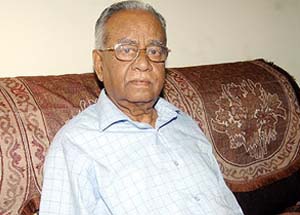
" A waste-to-energy plant developed and designed by Indian scientist K S Sivaprasad has been selected as one of the six top renewable plants in the world. A waste-to-energy plant in Malaysia, developed and designed by an Indian scientist, has been selected as one of the six top renewable plants in the world." [May 17 2011]
The plant, designed on a technology developed by K S Sivaprasad for conversion of municipal solid waste into clean burning RDF (Refuse Derived Fuel), could handle 700 tonnes waste per day and generate 8 MW power.
Sivaprasad, who holds the patent for the technology, was felicitated during the annual conference of the power industry of America, 'Electric Power', recently held in Rosemont, Illinois.
PRANAV MISTRY
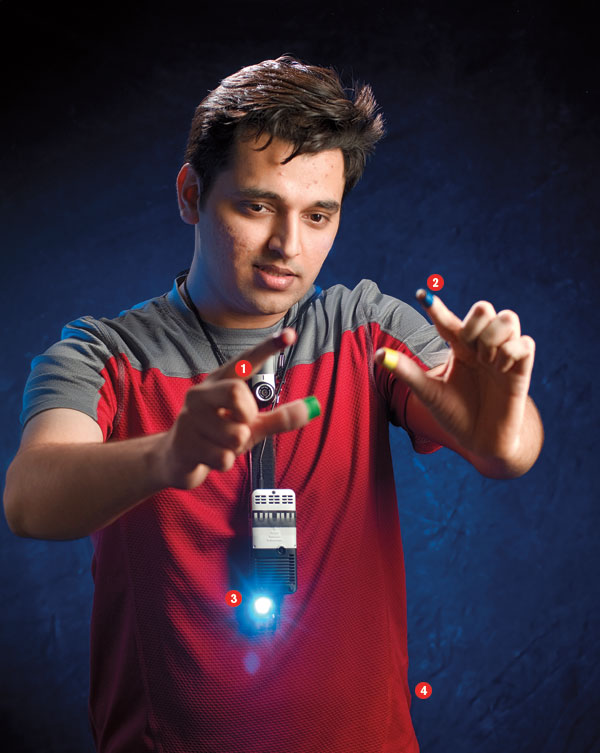
Pranav Mistry is a PhD student in the Fluid Interfaces Group at MIT's Media Lab. Pranav is passionate about integrating the digital informational experience with our real world interactions. He holds a Master in Media Arts and Sciences from MIT and Master of Design from IIT Bombay. Pranav’s research interests also include Gestural and Tangible Interaction, Ubiquitous Computing, AI, Machine Vision, Collective Intelligence and Robotics.
'SixthSense' is a wearable gestural interface that augments the physical world around us with digital information and lets us use natural hand gestures to interact with that information.
Awards and Achievements
2nd in SPACE competition in SIGGRAPH2004 .
.1st in Innovation Fair at India level, for project MARBO .
All India 3rd in National Open Hardware Contest at IIT Bombay for project DATAG2.02 .
.3rd in Model Presentation at INGENIUM 2002 .
.3rd in Creative art competition organized by ISRO .
.1st in Design competition organized by IEEE, India chapter .
.2nd in website designing organized by ACES
Selected for the prestigious DIRUBHAI AMBANI FOUNDATION AWARD for securing 1st rank in district.
.2nd in on the spot Model Making contest at techfest2001 at IIT Bombay
pranavzombie@iitb.ac.in